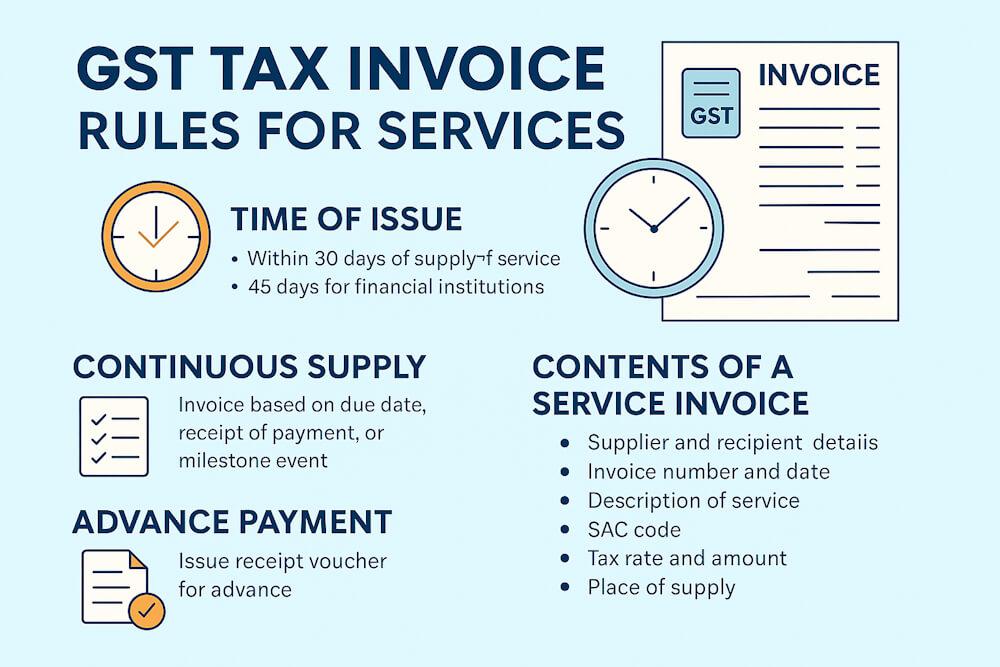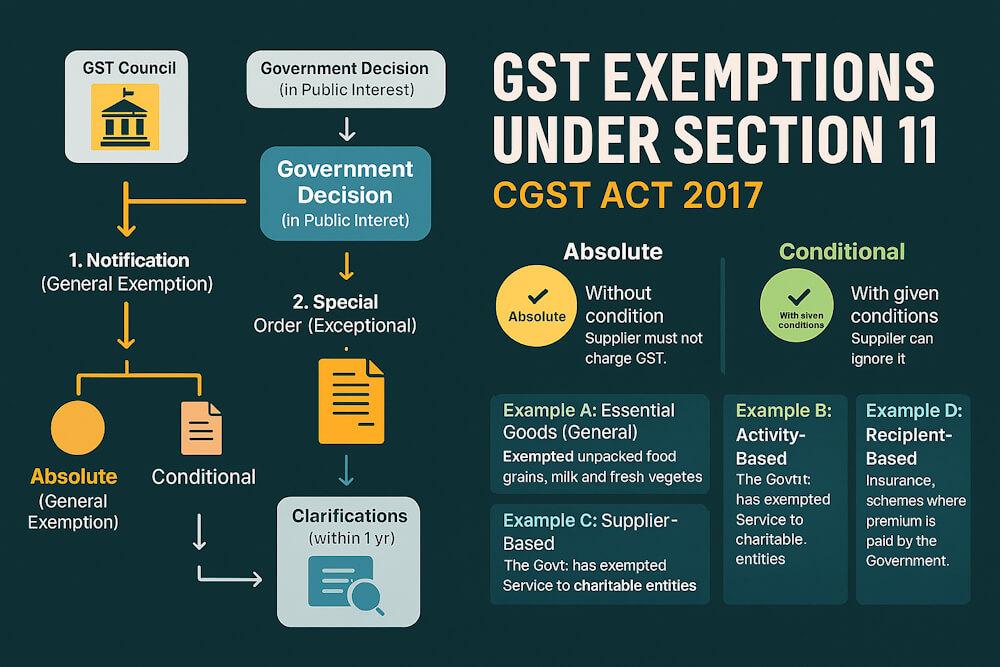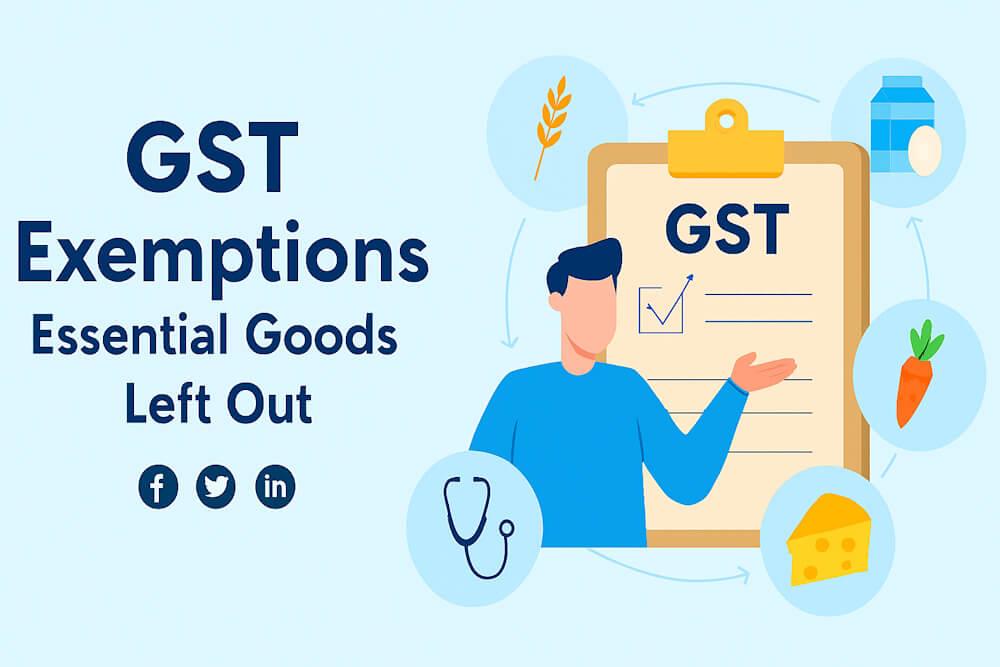Time of Supply of Goods in GST
Let’s be real — the law makes GST sound like rocket science, but if you strip it down, it’s just the government asking, “When exactly should you pay me?” That’s what “time of supply” is all about.
Now, this sounds boring on paper, but if you’re running a shop, a factory, or even a small side hustle, knowing this date can save you from two nightmares: paying tax too early (goodbye cash flow) or paying it too late (hello interest and penalty).
Why It Even Matters
Picture this. A trader sells a batch of phones in March. Invoice goes out on the 28th, goods leave on the 2nd of April, and payment lands on the 10th. Which month does GST kick in — March or April? Believe it or not, that one answer decides whether the tax falls into one return period or the next.
This is why the “time of supply” exists — it nails down that moment so there’s no guesswork.
The General Rule (But with a Twist)
For goods, the law says GST becomes payable at the earlier of two things:
- When you issue the invoice (or the last date you should have issued it), or
- When you get the money.
Sounds simple, but in real life it keeps tripping people.
Say you sell furniture on 5th May and raise the invoice right away. The customer pays on the 20th. Boom — GST time is 5th May. Now, flip it. If the buyer pays you an advance on the 1st of May but you issue the invoice on the 5th, GST time is the 1st. The government is basically saying, “Don’t keep me waiting.”
When Goods Move Before Paperwork
Happens all the time. The truck is loaded, but the invoice is still sitting on someone’s desk. In that case, the law says: forget the paperwork, look at the movement.
If goods leave your warehouse on the 10th and the invoice is dated the 15th, GST looks at the 10th. That’s the trigger.
What About Advances?
Here’s some good news. In the early days of GST, even if you got an advance payment, you had to pay GST immediately. Small traders hated this because their cash flow got stuck. Thankfully, the rule changed for goods. Now you don’t have to pay GST just because an advance landed. You only pay when the invoice is raised or goods are supplied.
So if a customer pays you ₹50,000 in April for machines that you deliver in May, GST waits till May.
Reverse Charge Scenarios
If you’re buying from someone under reverse charge, the rules shift. Here, GST says:
- Whichever happens earlier — receiving the goods, paying for them, or 30 days after the invoice date.
So if you got raw materials on the 5th, the invoice was dated the 1st, and you pay on the 20th, the time of supply is the 1st + 30 days = 30th. Miss that, and you’ll have to explain it in an audit.
Oddballs Like Vouchers
Vouchers are weird. If you issue a voucher that clearly ties to a product (say “one mobile phone”), the tax clock starts the day you issue it. But if it’s just a ₹5,000 gift card, GST only kicks in when someone actually uses it.
When You Forget the Invoice
If you didn’t issue an invoice at all (yes, it happens), GST still won’t let you off. In that case, the supply date itself becomes the trigger. Goods delivered on the 10th but no invoice? Time of supply = 10th.
Late Fees and Penalties
One more trap. Let’s say a customer delays payment and you charge interest or a late fee. GST doesn’t ignore that extra cash. The time of supply is when you actually receive that money.
So if you pocket a ₹1,000 penalty on 10th September, GST applies right there.
Why Messing This Up is Costly
I once heard of a trader who always waited for payment before paying GST, completely ignoring invoice dates. When auditors checked, they caught mismatches in returns. The poor guy ended up shelling out a fat chunk as interest. That’s the kind of slip-up you don’t want.
Wrapping Up
So here’s the human way to remember time of supply for goods:
- If you raised the invoice before money, GST time = invoice date.
- If you got the money before invoice, GST time = money date.
- If the truck left before either, GST time = movement date.
- Add special rules for reverse charge, vouchers, and late fees.
At the end of the day, it’s the government’s way of saying: “Don’t overthink it. I want my tax as soon as something happens — whichever happens first.”





